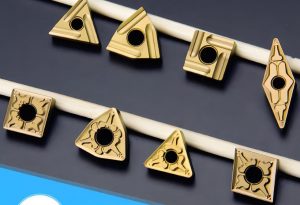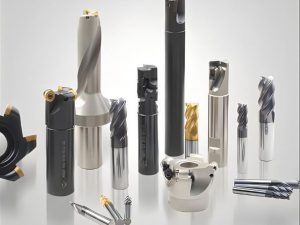For people working in machining centers, milling cutters are very familiar, but when we use them, have we thought about what kind of tungsten steel milling cutters are easy to use? Today, Changzhou Niken Precision Machinery Co., Ltd. will share with you the basic knowledge of tungsten steel milling cutters. Choosing the right milling cutter, improving the surface processing quality of the product, improving the cutting effect, and solving the easy-to-deform and difficult-to-process materials are of great help.
First, let’s get to know the structure of the milling cutter:
Small d: the size of the milling cutter shank diameter
Big D: The size of the cutting edge diameter of the milling cutter
H: Length of the cutting edge of the milling cutter
L: the full length of the milling cutter
Zn: The number of edges of the milling cutter (also called the number of teeth)
Tungsten steel milling cutters are mainly composed of high-hardness and refractory metal carbides (WC, TiC) micron powders, and cobalt (Co), nickel (Ni), and molybdenum (Mo) as binders. Powder metallurgy products sintered in a hydrogen reduction furnace.
Composed of many tungsten carbide particles, the larger the particle, the lower the hardness; the smaller the particle, the higher the hardness; for example, the essential difference between 45-degree and 55-degree tools lies in the size of the material particle size, 45-degree tungsten carbide particles Large, low hardness; 55 degree tungsten carbide particle size, high hardness.
Coating of milling cutter:
Coated tool is to coat a thin layer of refractory metal or non-metal compound with good wear resistance on the surface of cemented carbide or high speed steel (HSS) with good strength and toughness. It is obtained on the blades of superhard materials such as ceramics, diamond and cubic boron nitride.





